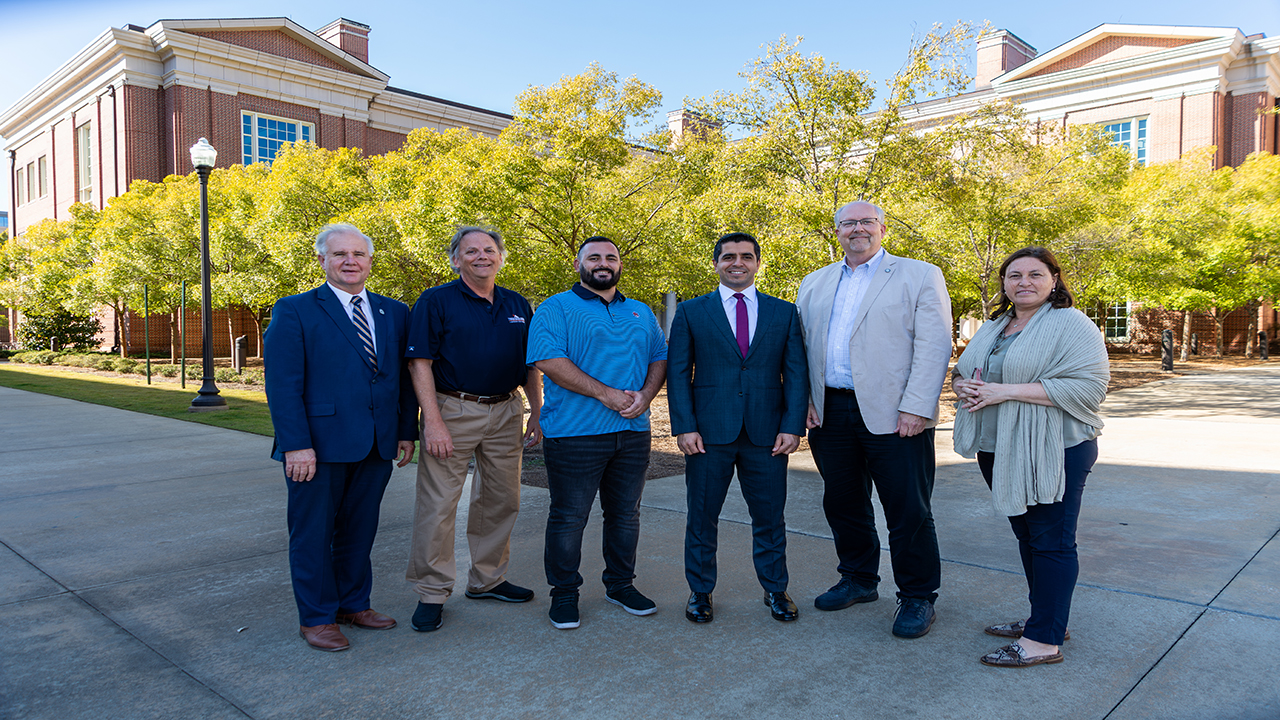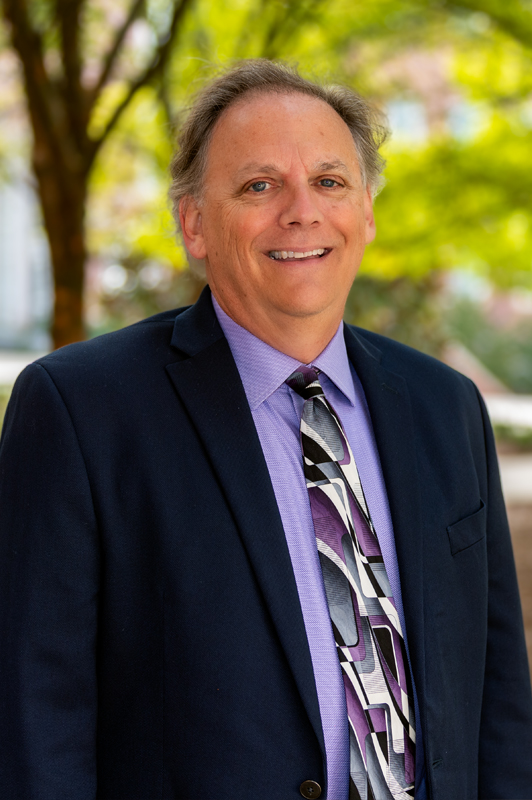Auburn Engineering, NASA collaborate on parts engineering program
Published: Jan 30, 2024 2:40 AM
By Carla Nelson
Through a collaboration that began with the relationship between a former industrial and systems engineering student and a current professor, the Samuel Ginn College of Engineering is teaming up with NASA to educate employees on parts engineering.
John Evans, the Charles D. Miller chair professor of industrial and systems engineering and director of the Thomas Walter Center, was visiting with former student Seth Gordon at the Rose Bowl football game in Pasadena, California, last year. Gordon, a reliability engineer for the NASA Jet Propulsion Laboratory in California, asked if Evans would give a presentation on harsh electrical systems to management at his company.
“During the presentation, they asked how I would design a program to get more education in harsh electrical systems,” Evans said. “They were collaborating with the University of Maryland to create a program, and I suggested the idea of using our online graduate program and creating the program as a collaboration with Auburn and Maryland.”
Shri Agarwal, manager of the NASA Electronic Parts Assurance Group, said workforce development has been an issue across all government agencies, including NASA.
“About a year and a half ago, we proposed an initiative called the NASA Parts Engineering School, which we thought would address this issue,” Agarwal said. “The idea was workforce development in the parts engineering area, which is very big.”
Many commodities like capacitors and connectors are used in NASA hardware designs. Specific areas of focus when designing these parts include failure analysis, reliability analysis and screening the parts for flight projects.
“The metrics get very big,” Agarwal said. “Of course, one person cannot have all of this knowledge base. So, we knew we needed additional educational opportunities for these engineers to gain more knowledge. This program will not only benefit NASA but all areas of government.”
Evans described the program as a cross-platform between industrial, electronics manufacturing, modeling and mechanical.
“These are going to be physicists and chemists and engineers who are going to take some real technical courses is what it’s really designed to be,” Evans said.
The graduate program was launched in the fall and includes four courses ranging from 9-10 hours. Several NASA employees are currently enrolled. The program is open to those with an engineering, or STEM background.
Gordon said as a doctoral graduate from the Auburn University Department of Industrial and Systems Engineering, he is confident that the faculty possesses the knowledge needed for this initiative.
“Auburn is very knowledgeable in the field of electronic parts engineering, as well as a lot of these different areas of focus,” he said. “Auburn is one of the top universities for that, and I know these employees will benefit greatly from their knowledge.”
Media Contact: , carla@auburn.edu, 334-844-1404
Auburn University's role in the NASA Parts Engineering School is a collaboration between the graduate school and several departments throughout the College of Engineering. Pictured left to right: George Flowers, dean of the graduate school; John Evans, the Charles D. Miller chair professor of industrial and systems engineering and director of the Thomas Walter Center; former student Seth Gordon; Sa'd Hamasha, the Hal N. and Peggy S. Pennington associate professor of industrial and systems engineering; Jeffrey Suhling, department chair of mechanical engineering; and Maria Auad, associate dean for graduate studies and faculty development.


